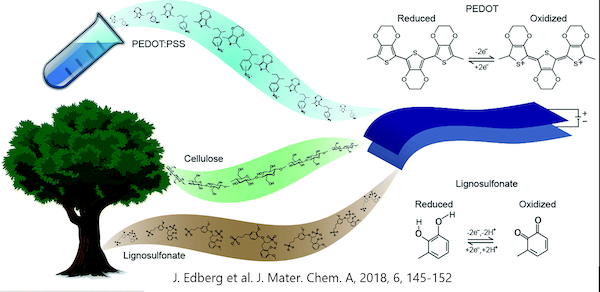H2O2 – Fuel and Energy Technology for the Future
Researching all-organic photo- and electro-catalysis to explore novel pathways to produce hydrogen peroxide, H2O2, and convert this fuel into electricity with a novel fuel cell technology. In order to achieve high-rate and large-volume production of H2O2 and conversion into electricity, we suggest to research and develop a novel catalytic paper electrode technology. These paper electrodes […]
H2O2 – Fuel and Energy Technology for the Future Läs mer »



